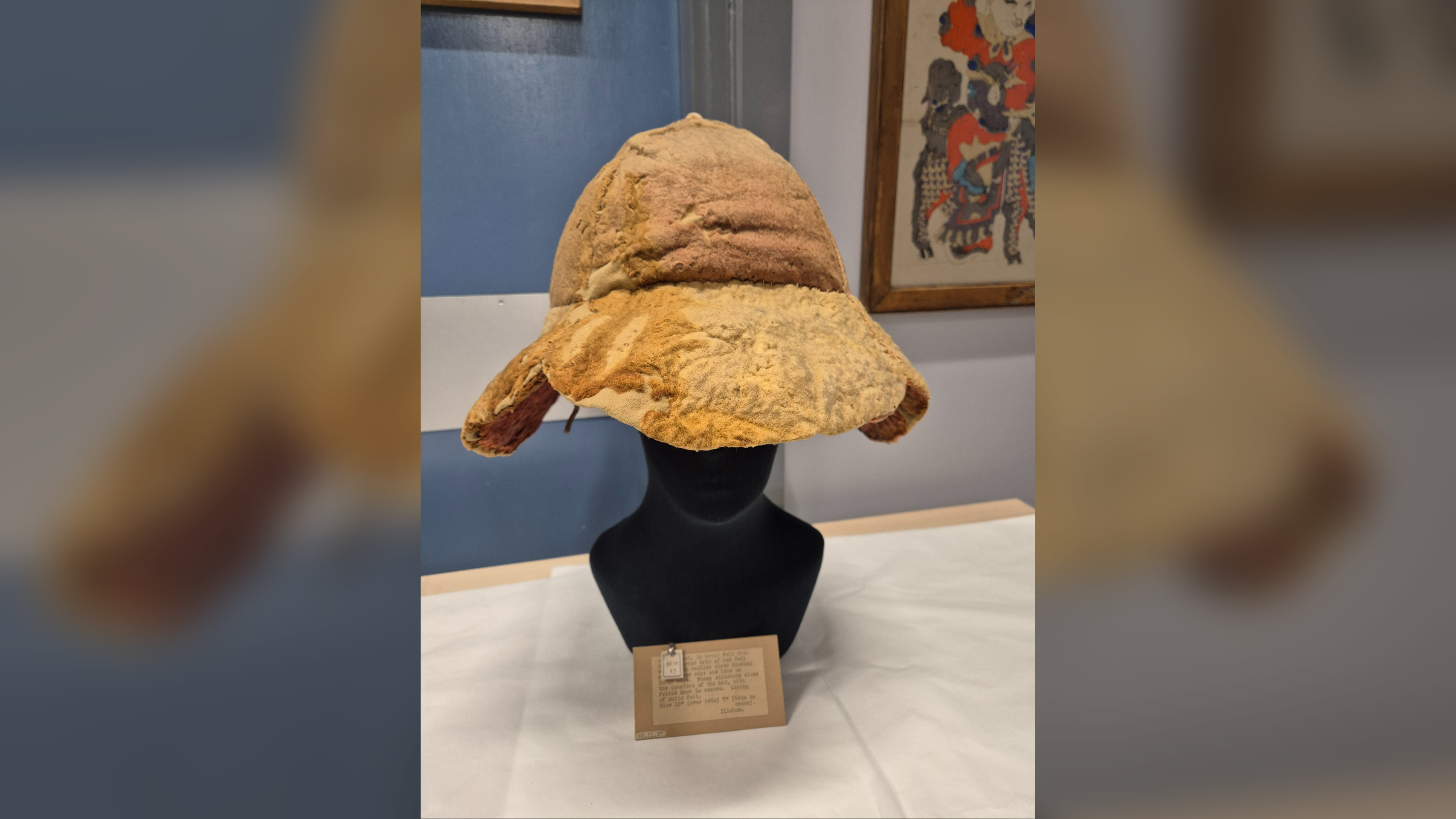Space news, features and articles
Explore Space
Editor's Picks
Latest about Space
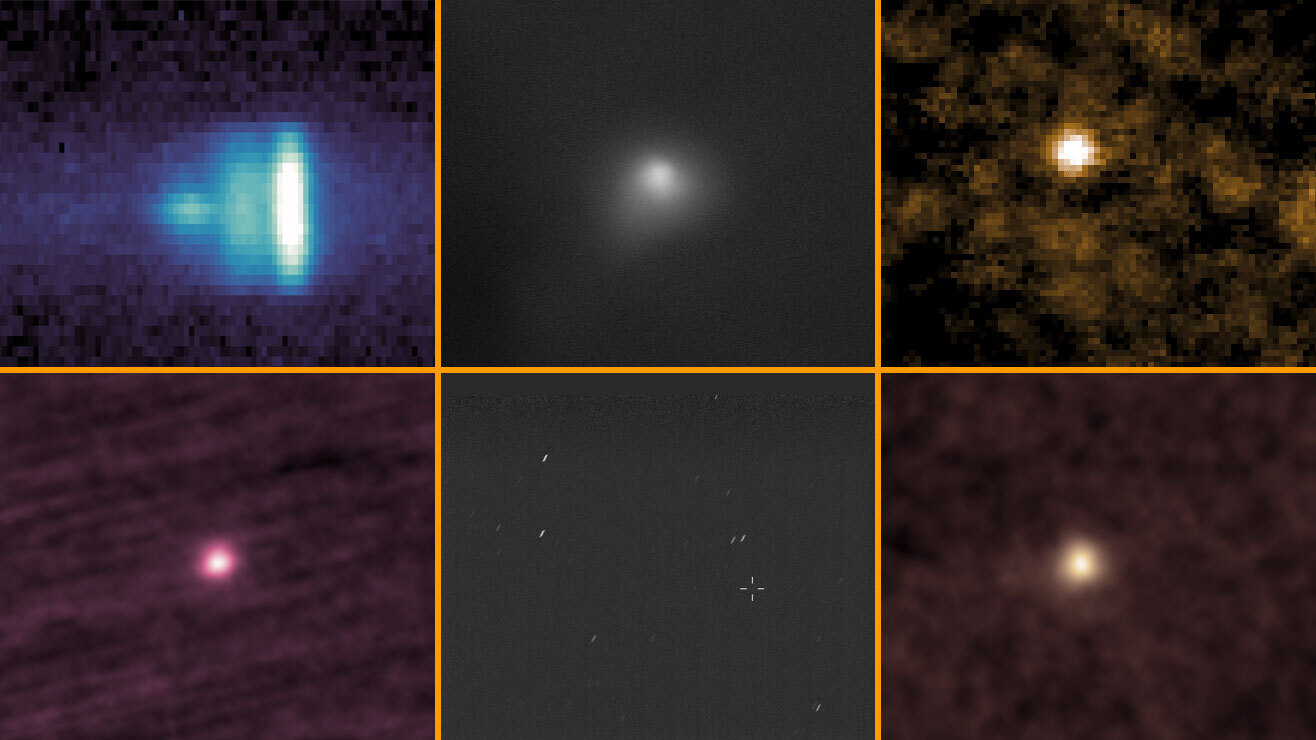
Comet 3I/ATLAS gallery: See NASA's long-awaited images of interstellar visitor
By Patrick Pester published
NASA's treasure trove of new comet 3I/ATLAS images provides hotly anticipated views of the interstellar visitor, including from Mars and the sun.
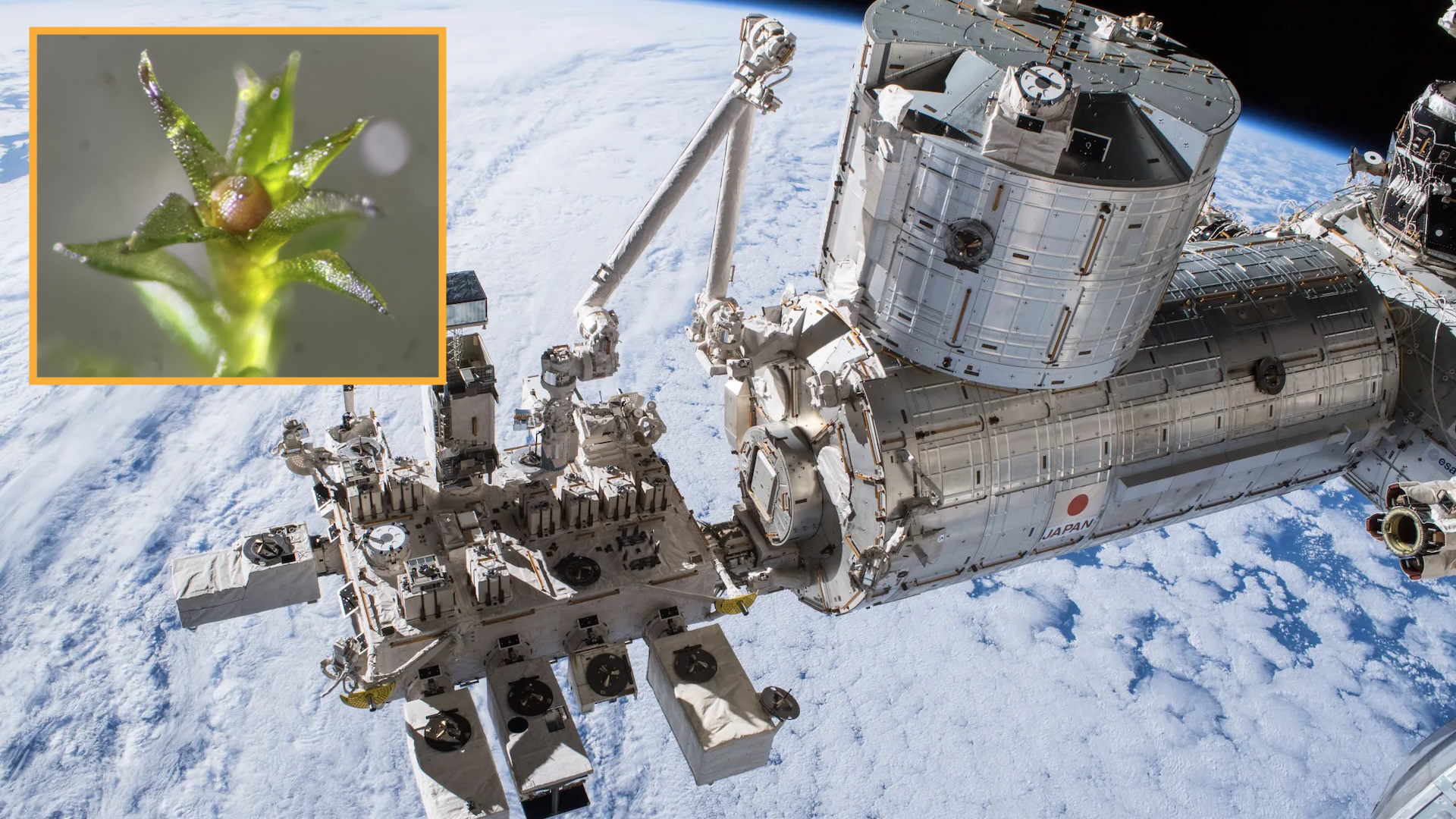
Scientists put moss on the outside of the International Space Station for 9 months — then kept it growing back on Earth
By Mason Wakley published
A species of moss survived for 9 months on the outside of the International Space Station, new research reveals — and 80% of the samples kept reproducing when returned to Earth.
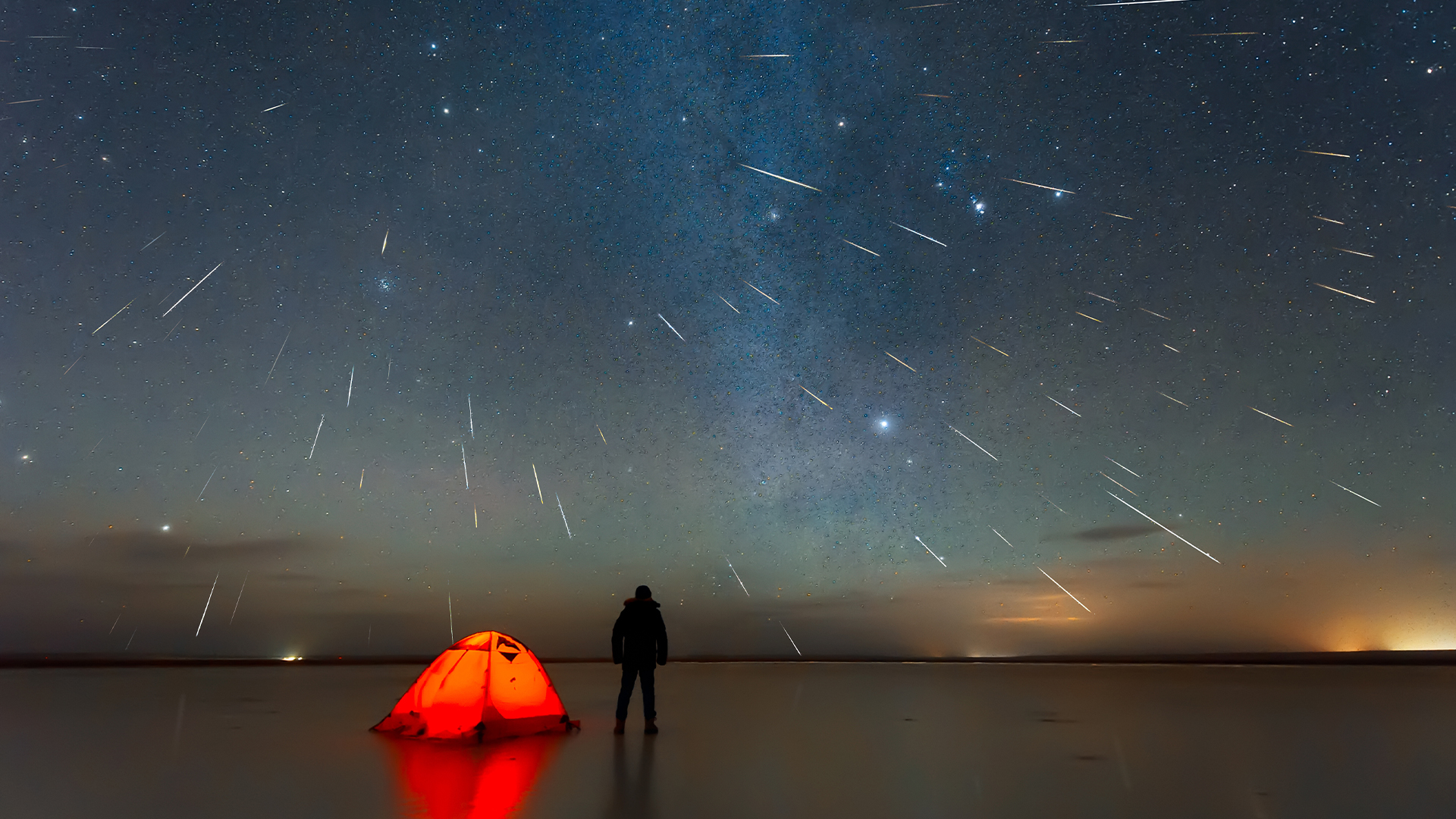
How to photograph a meteor shower — Next up: The Geminids
By Jacob Little last updated
A guide to photographing meteor showers all year round, with timely advice for making the most of the upcoming Geminids in December.

Canon 12x36 IS III binocular review
By Jase Parnell-Brookes published
Review The ideal binocular for birdwatching — the Canon 12x36 IS III binoculars are a dream.
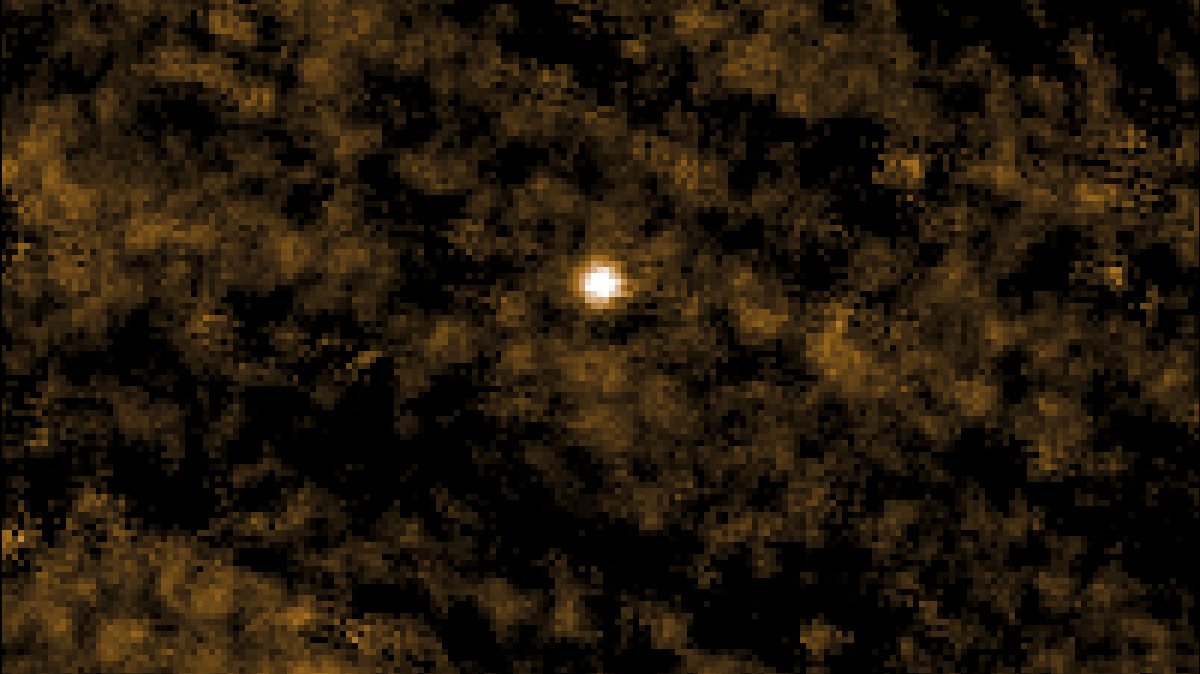
'3I/ATLAS is a comet': NASA finally releases new 3I/ATLAS images and addresses alien rumors
By Patrick Pester published
NASA's highly anticipated comet 3I/ATLAS images have been released, with a space agency official shooting down alien rumors and stressing that the interstellar visitor is a comet.

Watch live: New images of comet 3I/ATLAS revealed by NASA today (Nov. 19)
By Brandon Specktor last updated
NASA will finally share long-awaited images of interstellar object 3I/ATLAS taken during the comet's close flyby of Mars. A live stream has been set for today (Nov. 19).
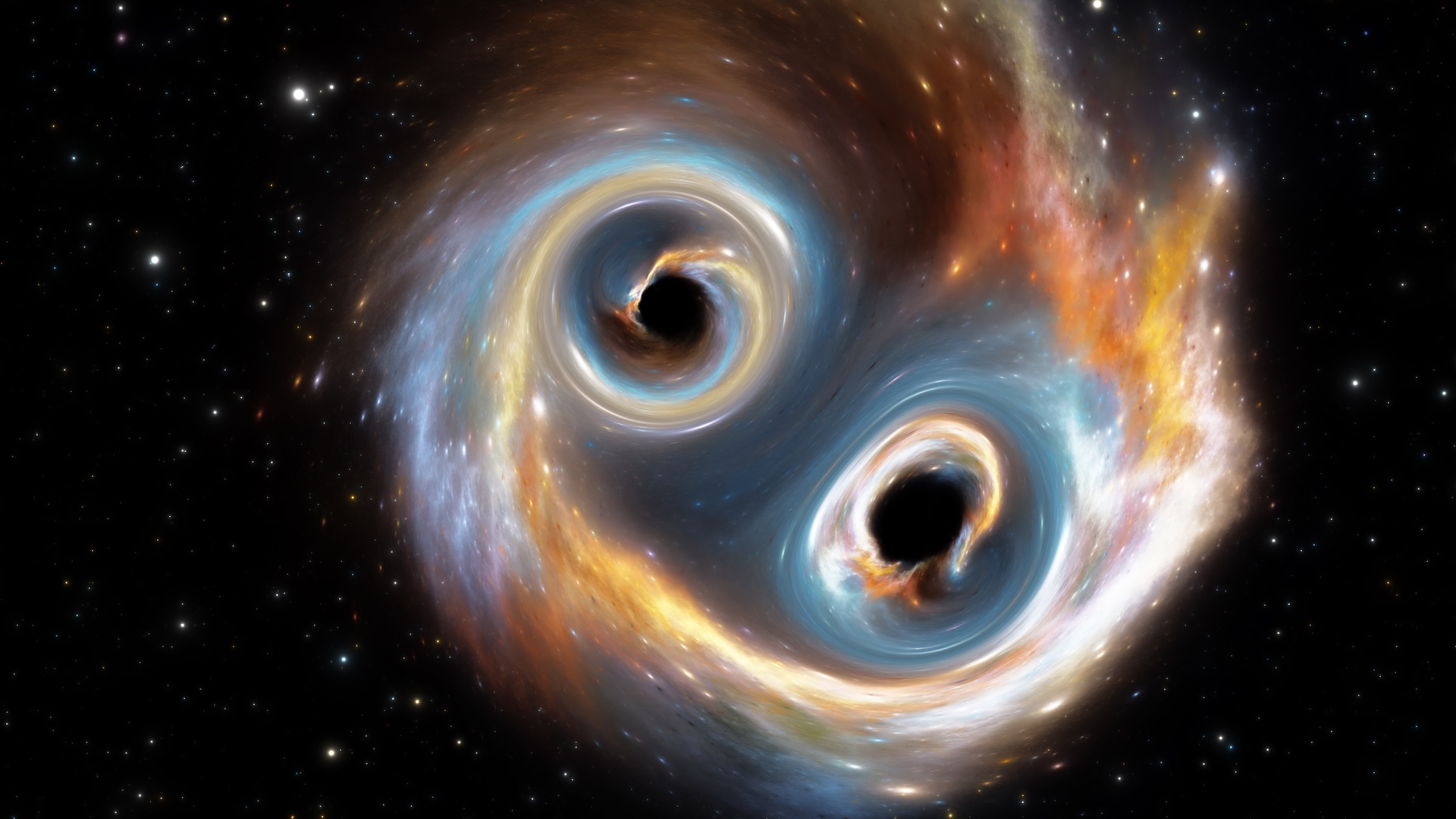
Record-breaking black hole collision finally explained
By Andrey Feldman published
In 2023, scientists detected the gravitational waves from a black hole collision that seemed impossible. New research finally explains how this "forbidden" black hole came to be, and what it can teach us about these extreme objects.
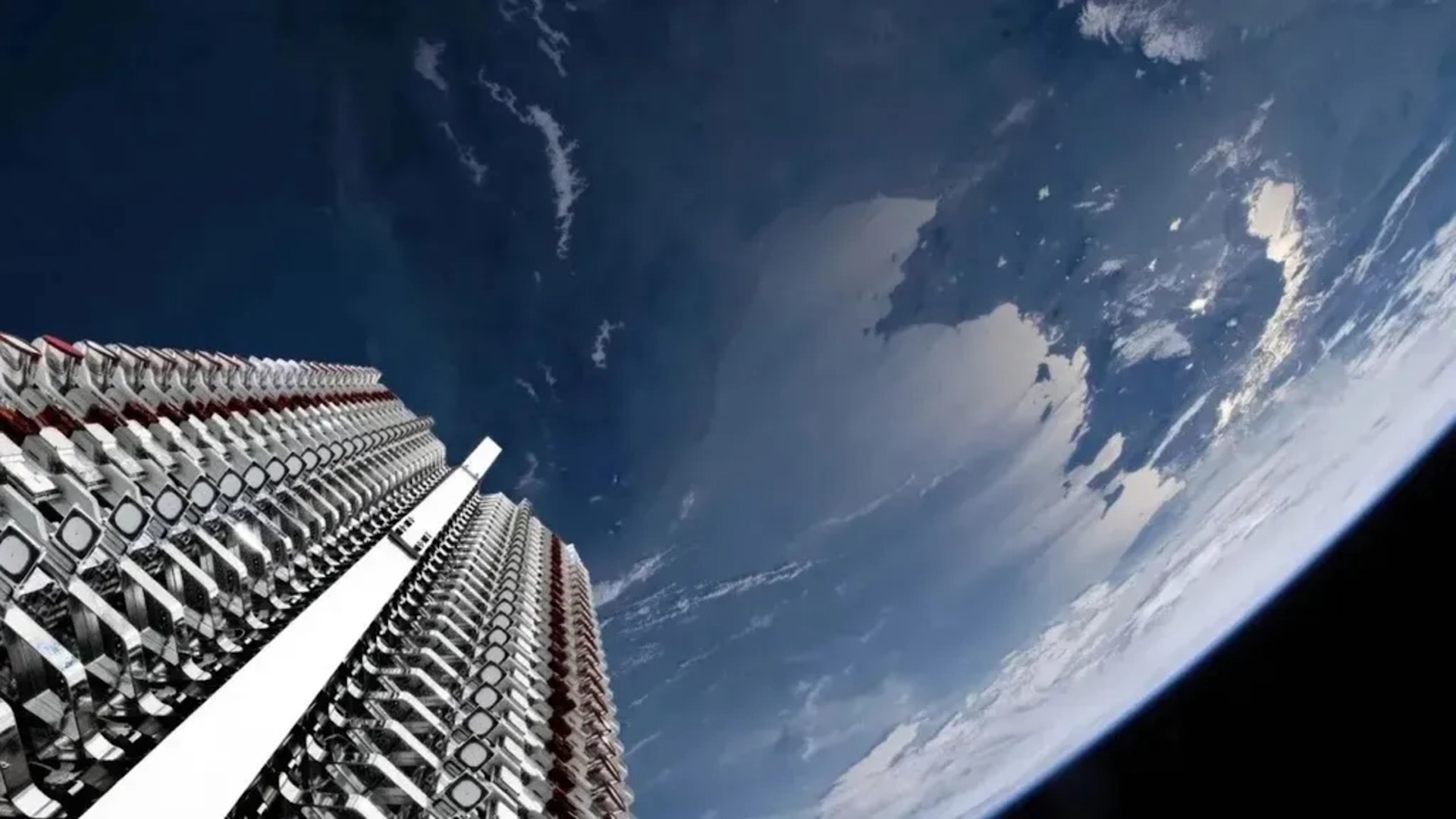
Secretive SpaceX satellites operated by US government are shooting disruptive radio signals into space, astronomer accidentally discovers
By Harry Baker published
An amateur astronomer has accidentally uncovered a series of puzzling radio signals coming from SpaceX's government-operated "Starshield" network. The signals overlap with protected frequencies and could disrupt other nearby spacecraft, experts warn.
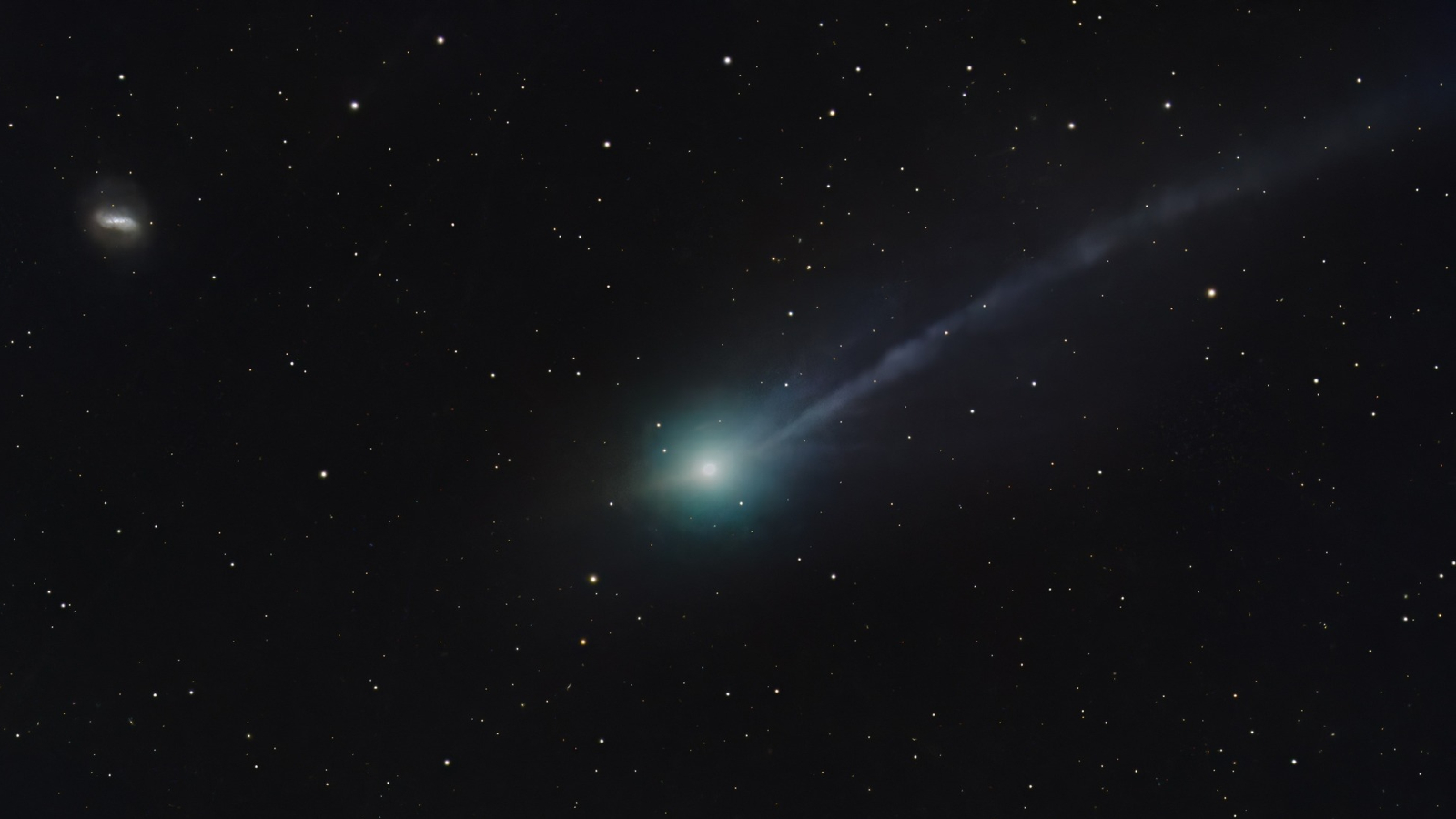
'From another world': 3I/ATLAS photobombs a galaxy and shows off its multiple tails in stunning new image
By Harry Baker published
An incredible new image shows the multi-tailed alien comet 3I/ATLAS shooting past a distant galaxy in the night sky. The stunning scene is a reminder of the object's perfectly natural interstellar origins, photographer Satoru Murata claims.

Three more Chinese astronauts are now stranded in space following successful rescue of their colleagues
By Harry Baker published
The Shenzhou-21 crew has been marooned on China's Tiangong space station after three of their colleagues were brought back to Earth in the wrong spacecraft. For now, the astronauts have no safe way of returning home.
Get the world’s most fascinating discoveries delivered straight to your inbox.
